1. Greenland Shark – The Centuries-Old Swimmer of the Arctic
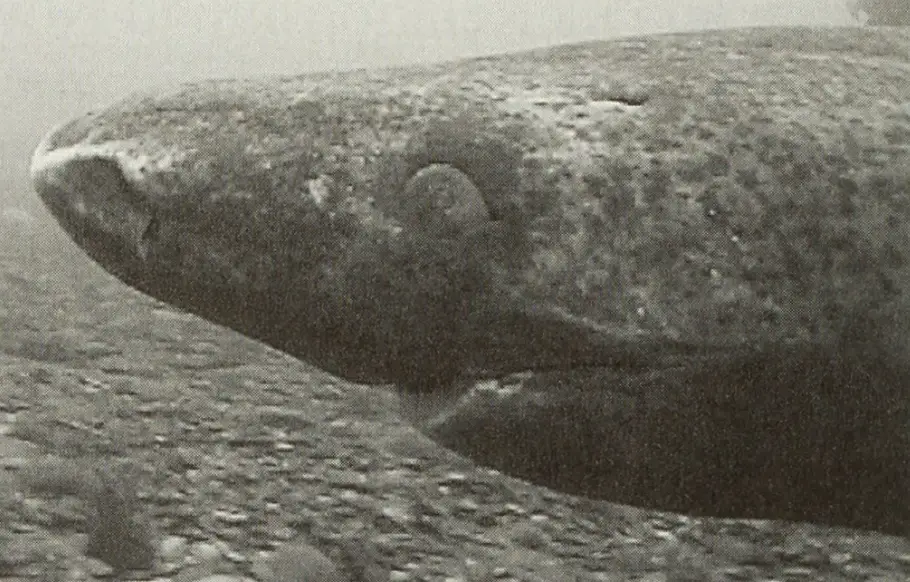
Greenland sharks are believed to be the longest-living vertebrates on Earth, with lifespans reaching up to 400 years or more. Found in the deep, cold waters of the Arctic, these slow-moving giants grow incredibly slowly, gaining about a centimeter a year, and only reach sexual maturity after 150 years!
2. Ocean Quahog – The Ancient Clam
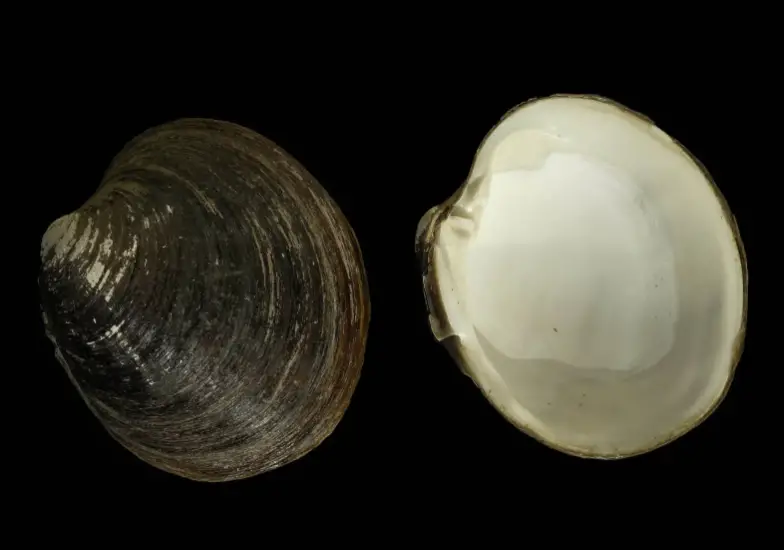
This unassuming mollusk, known as the ocean quahog, can live for more than 500 years. One of these clams, named “Ming,” was famously dated at over 500 years old. Found in the North Atlantic, these clams are a living record of centuries of oceanic change.
3. Bowhead Whale – The Long-Lived Giant of the Arctic
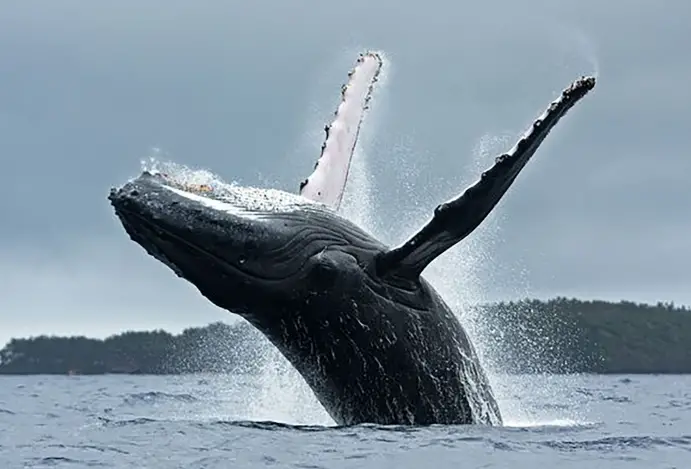
Bowhead whales, native to Arctic and sub-Arctic waters, are known to live over 200 years. With thick blubber to withstand icy waters and minimal natural predators, these giants carry harpoon scars from centuries ago, revealing just how resilient they are.
4. Aldabra Giant Tortoise – The Island Wanderer

Aldabra giant tortoises from the Seychelles islands can live well over 150 years. One famous tortoise, named Adwaita, reportedly lived to be around 255 years old, and the current oldest, Jonathan, is over 190. Their slow lifestyles and unique island environment contribute to their extreme longevity.
5. Red Sea Urchin – The Hardy Seabed Dweller
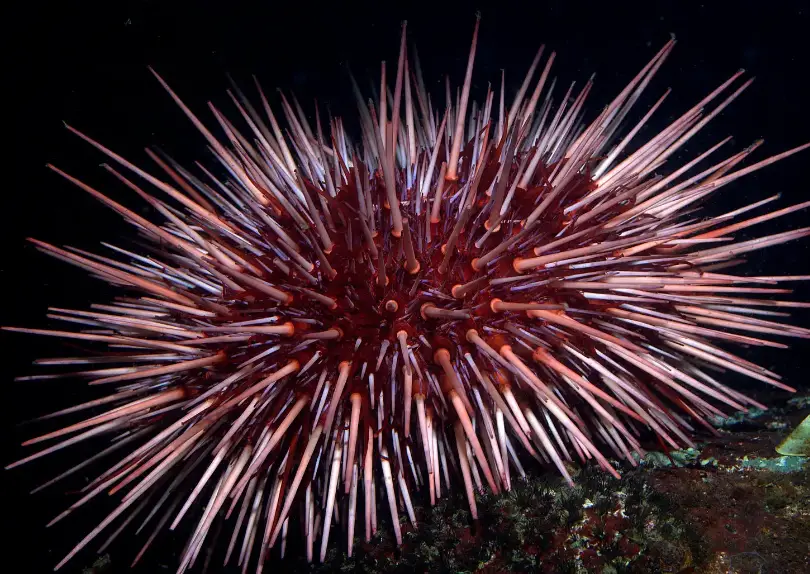
Red sea urchins, found in the rocky Pacific waters from Alaska to Baja California, are known to live up to 200 years. Their long lifespans are attributed to their slow metabolism and rugged, unchanging habitat on the ocean floor.
6. Geoduck – The World’s Oldest Clam
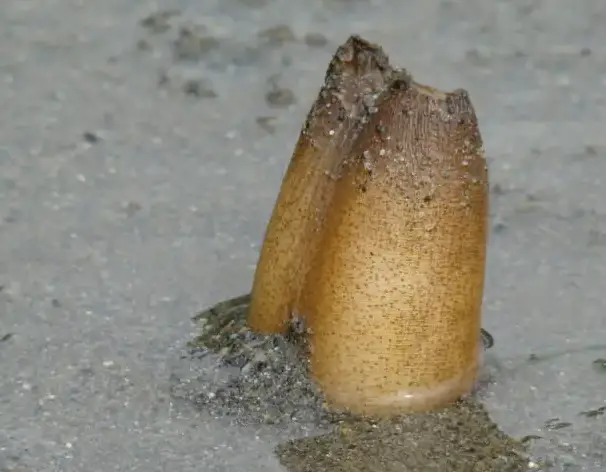
Geoducks, native to the coastal waters of the Pacific Northwest, can live over 160 years. These large clams, which burrow deep into the sand, face few predators and enjoy a stable environment, allowing them to reach such incredible ages.
7. Koi Fish – The Ornamental Pond Dwellers

Koi fish are more than just beautiful additions to ponds; they can live well over 200 years in the right conditions. One famous koi, named Hanako, reportedly lived to be 226 years old. Their calm environments and careful breeding allow them to thrive for centuries.
8. Rougheye Rockfish – The Long-Living Fish of the Deep
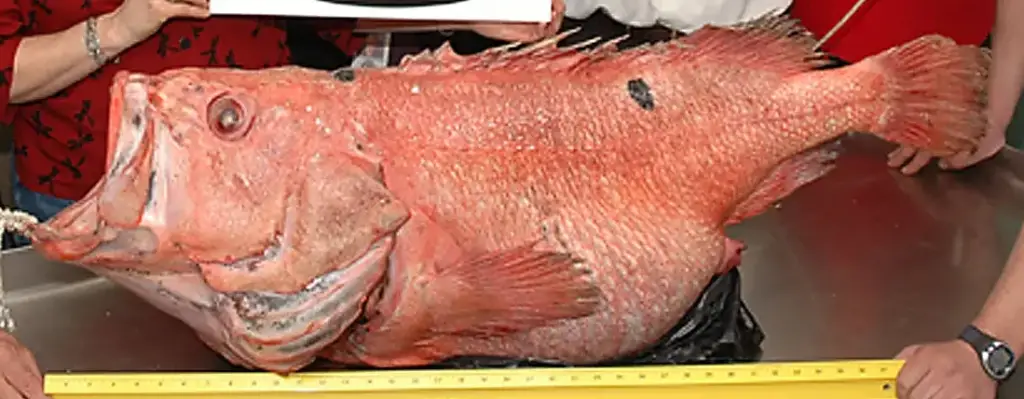
The rougheye rockfish, found in the Pacific Ocean, can live up to 200 years. These deep-dwelling fish thrive in cool, stable ocean depths, where their slow lifestyles help them conserve energy and live to extraordinary ages.
9. Tuatara – The Living Dinosaur
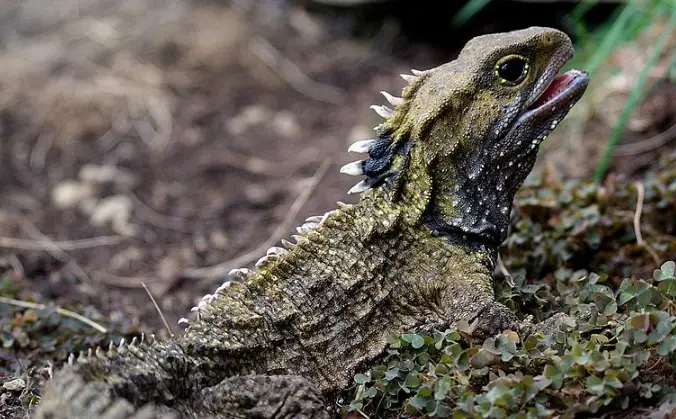
Tuatara, a reptile native to New Zealand, is known as a “living fossil” due to its lineage dating back 200 million years. These creatures can live over 100 years and are among the world’s longest-living reptiles, thanks to their slow growth and low metabolism.
10. African Elephant – The Majestic Land Giant
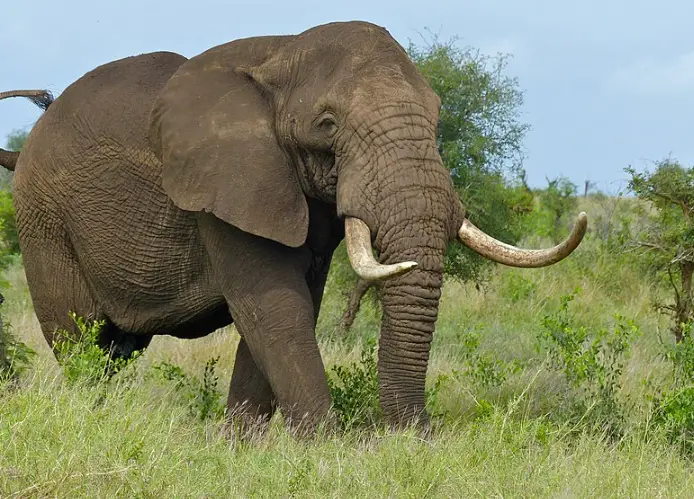
African elephants can live beyond 70 years in the wild, and some have been documented reaching ages of over 100 in captivity. Their social nature and access to quality care in some reserves have helped these elephants achieve remarkable lifespans.
11. Macaws – The Colorful Centenarians of the Amazon
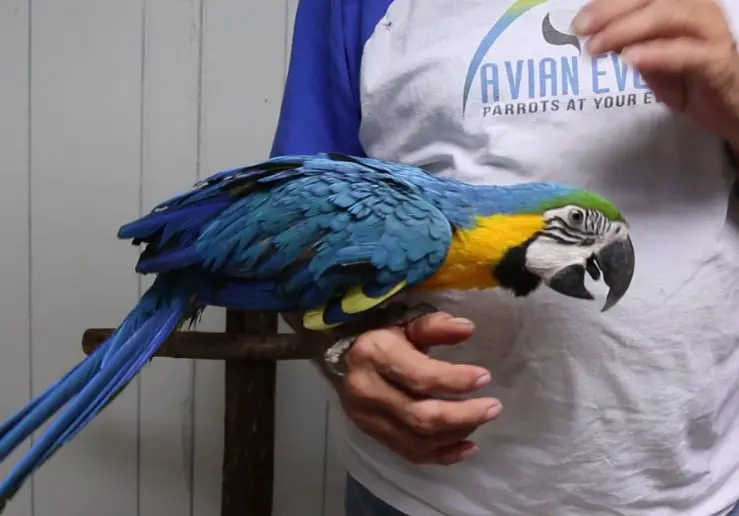
Macaws, particularly blue and yellow macaws, are known to live well over 100 years with proper care. In the wild, they typically live around 60-80 years, but in captivity, with regular care and a balanced diet, they can reach the century mark.
12. Galápagos Tortoise – The Legendary Island Survivor
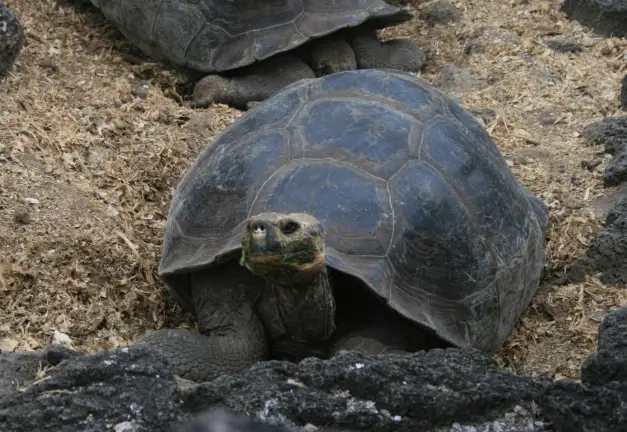
Galápagos tortoises are renowned for their incredible lifespans, often living over 100 years, with some individuals reaching 170 years or more. These iconic reptiles thrive on the isolated islands, with a slow pace of life that’s perfectly suited for longevity.
13. Lake Sturgeon – The Ancient Fish of the Great Lakes
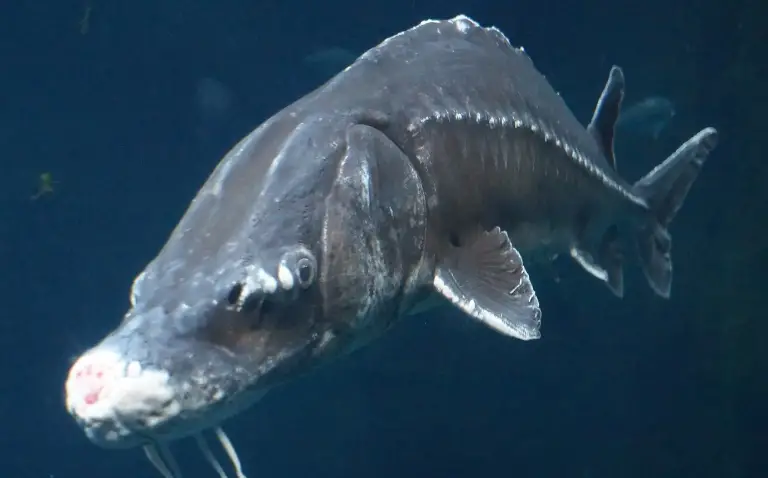
Lake sturgeon, found in North America’s Great Lakes, can live over 150 years. These “living fossils” have been around for over 150 million years, and their slow growth rate helps them reach incredible ages in the wild.
14. Lobster – The Immortal Crustacean?
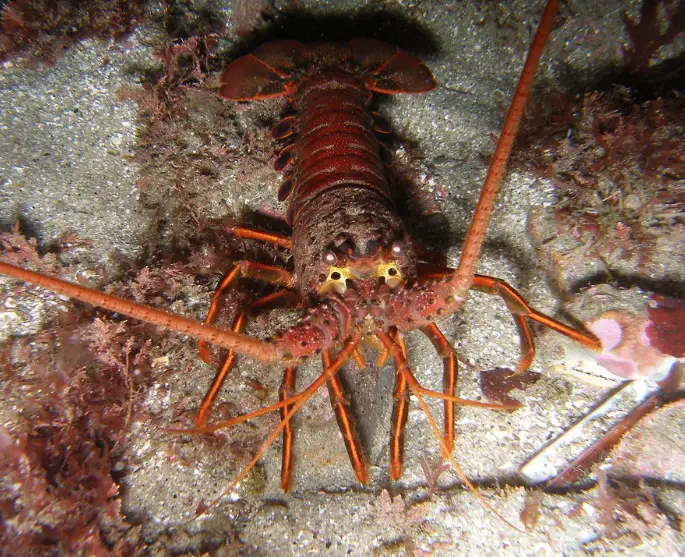
Lobsters are unique in that they don’t appear to age in the same way as other animals. While they may die due to disease or injury, lobsters can theoretically live for over 100 years due to their regenerative abilities and slow cellular aging, with some living up to 140 years.
15. Amazon River Turtle – The Slow and Steady Survivor
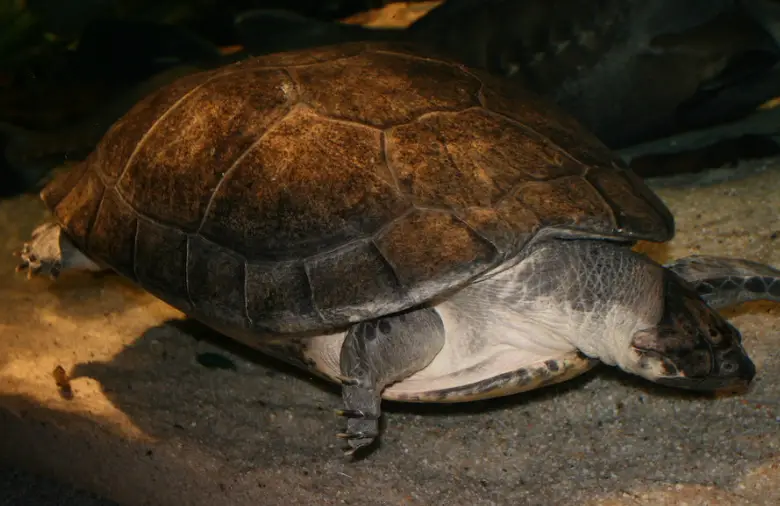
The Amazon river turtle can live well over a century, particularly in protected environments. These turtles are adapted to slow down their metabolic rates and go long periods without food, helping them survive in challenging conditions over the decades.
16. Orange Roughy – The Deep-Sea Dweller of the Pacific
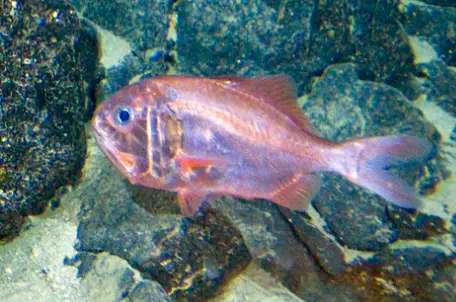
The orange roughy, a deep-sea fish found in the Atlantic and Pacific Oceans, can live up to 150 years. These fish mature slowly and inhabit the ocean’s chilly depths, where low temperatures and slow growth rates contribute to their extensive lifespans.


